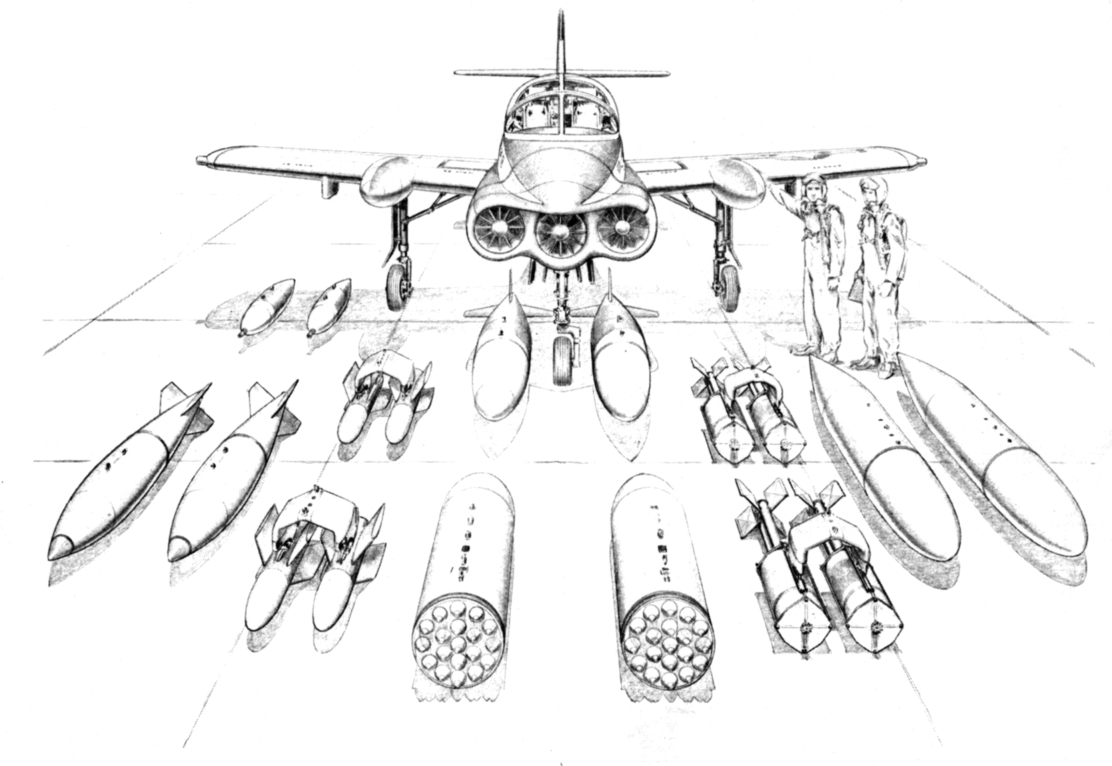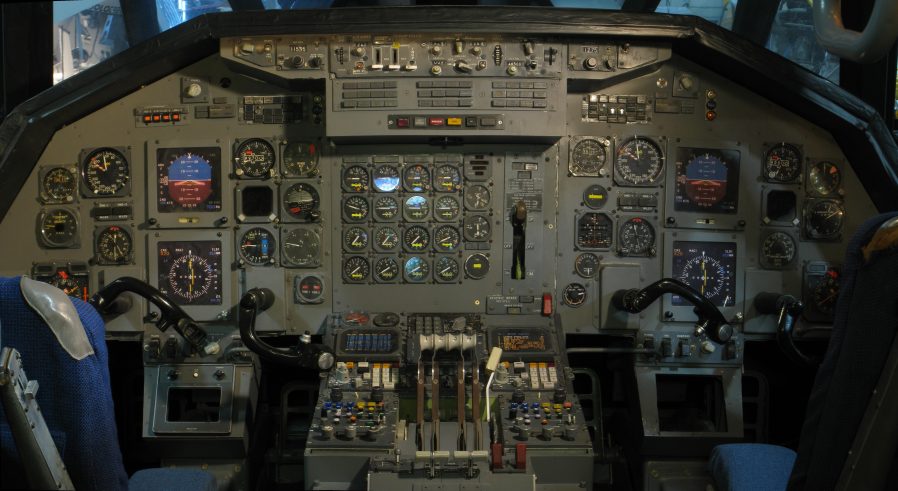I create a great many three-view drawings using CAD programs for Aerospace Projects Review and other efforts. Many books produce new three-views rather than showing the original drawings. The reasons for this are many, but some of the most important include:
- New drawings can be much clearer than the originals
- New drawings can “repair” damaged drawings
- New drawings can be conveniently put into a constant scale
- New drawings on occasion avoid certain copyright issues
However, when the original drawing is not shown, it is difficult, if not impossible, for the reader to determine just how accurate that new drawing may be. Often, especially in the case of “Luftwaffe, 1946” books, the drawings are based on scant description at best, and can often be described as pure invention on the part of the draftsman. But without further information, that is not known to the reader. As a result, many designs that can be safely described as inaccurate nonsense gain cache as “real.” This is a particular annoyance to me, and one I don’t wish to contribute to. Consequently, all drawings I create for APR will have an indication of the “reliability” of the drawing, through a simple grading system, 1 through 6.
- A “source grade” of 1 indicates that the drawing is a provisional reconstruction, based on text description, not actual drawings.
- A “source grade” of 2 indicates that the source drawing is at best crude, often a notional design with just a sketch. Alternatively, the source image is an isometric or perspective artists impression rather than orthogonal drawings.
- A “source grade” of 3 indicates that the source drawings are serviceable but simple.
- A “source grade” of 4 indicates that the source drawings were clear, but the design was not entirely detailed.
- A “source grade” of 5 indicates that the source material was detailed, clear and unimpeachable.
- And finally, a “source grade of 6 indicates that the drawing presented is the actual source drawing, not a reconstruction. A grade 6 drawing can thus run the gamut from blurry to crystal clear, from spartan to detailed.
In consultation with several other authors (including Dennis R. Jenkins, author of “Hypersonic The Story of the North American X-15” and “Space Shuttle, The History of the National Space Transportation System,” and Robert Godwin, editor of Apogee Books’ “NASA MissionReports”), this system has been refined, and changed somewhat from when I first used it in “US Bomber Projects Preview.” Grade six has been added, and instead of text describing the source grade, a standardized graphic has been created. A numeral, one through six, inside a circle inscribed within a square will be added to the drawing, either within the body of the art itself, or at the end of the caption (in APR, the source grades are located at the end of the captions). The intent is to be clear yet unobtrusive.
In short, the source grade is a measure of how much you can trust the drawings you’re looking at.

Here are some examples, showing the original source and what the grade would be for a reconstruction based on it.
—————

A reconstruction based on a pure text description rates a 1: 
————
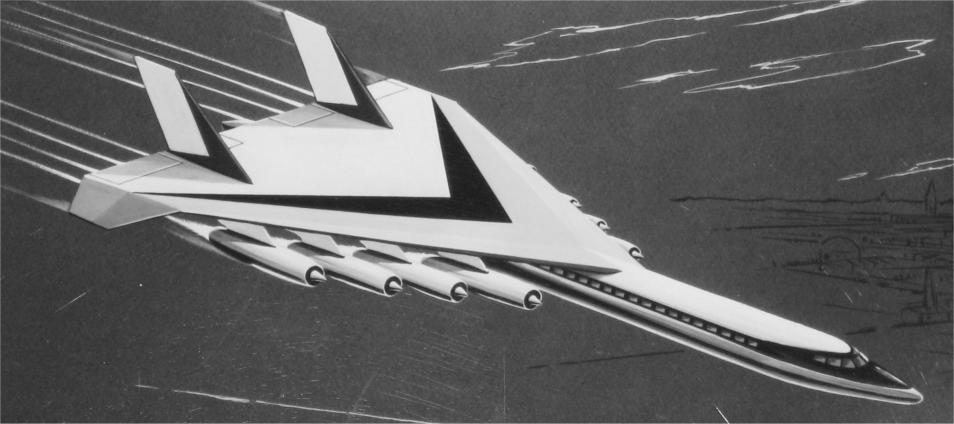
A reconstruction based on an artists impression to create a 3-view rates a 2: 
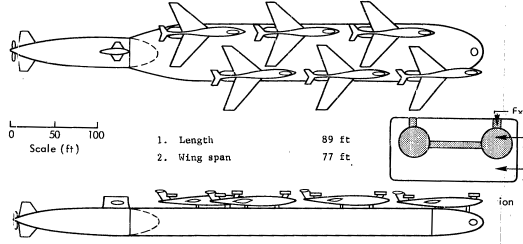
A reconstruction based on a very crude 3-view also rates a 2: 
————
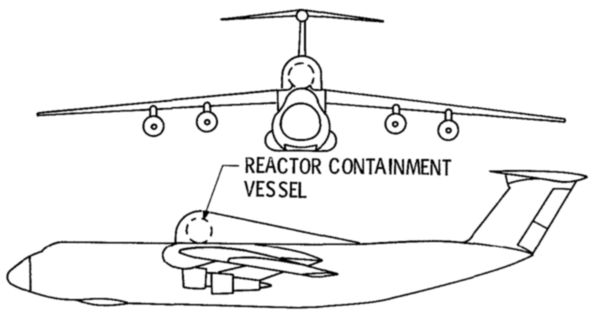
A reconstruction based on a very simple, but basically accurate, 3-view rates a 3: 
————
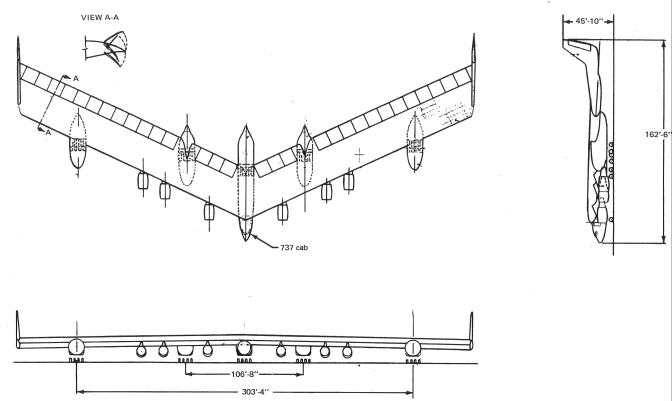
A reconstruction based on a clear 3-view rates a 4: 
————
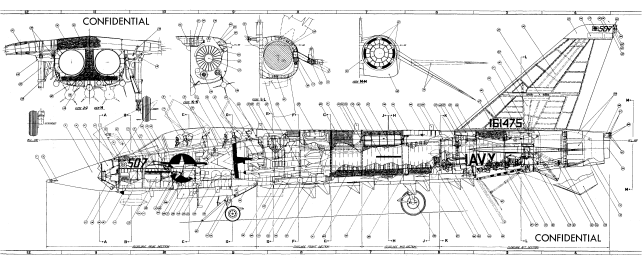
A reconstruction based on a “perfect” drawing rates a 5: 
————
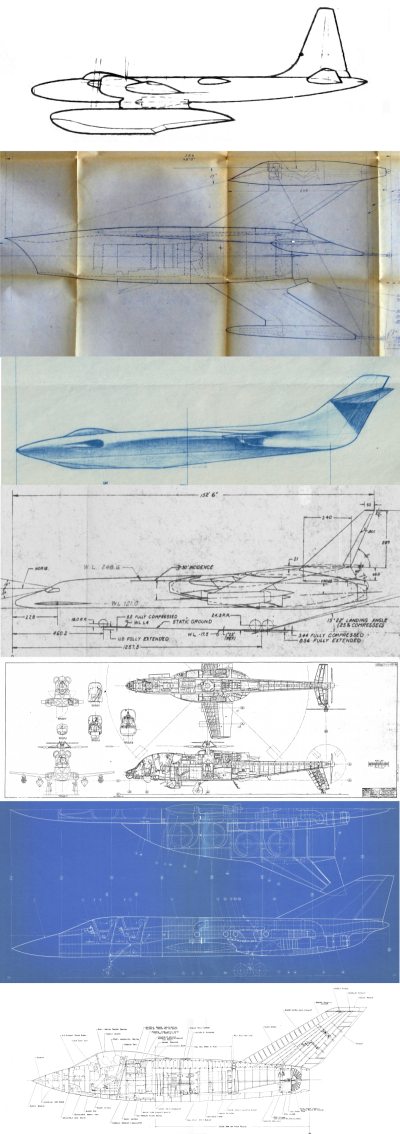
And of course, if the actual original drawing is presented, that – no matter what the quality or detail of the drawing – rates a source grade of 6: 
————




















